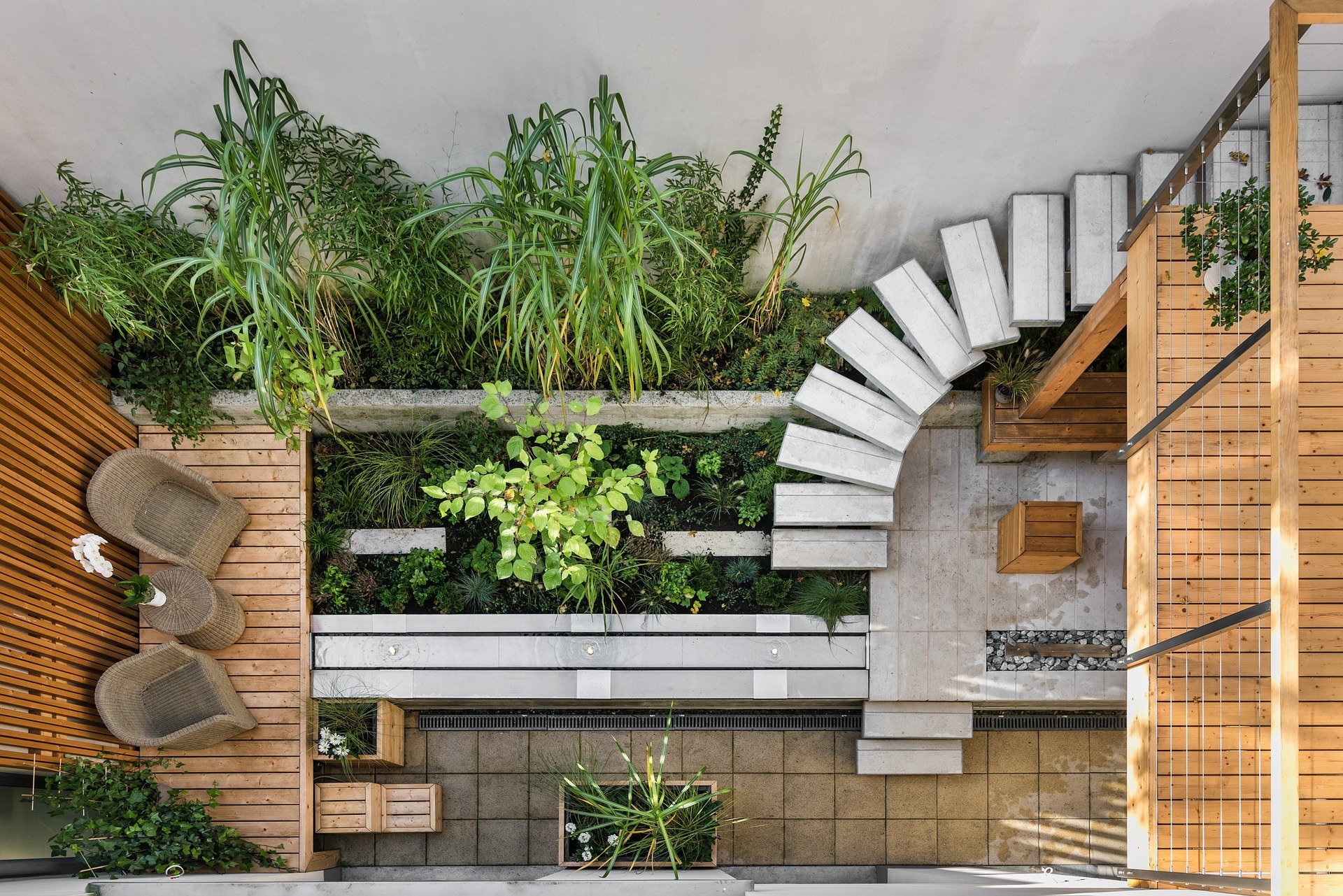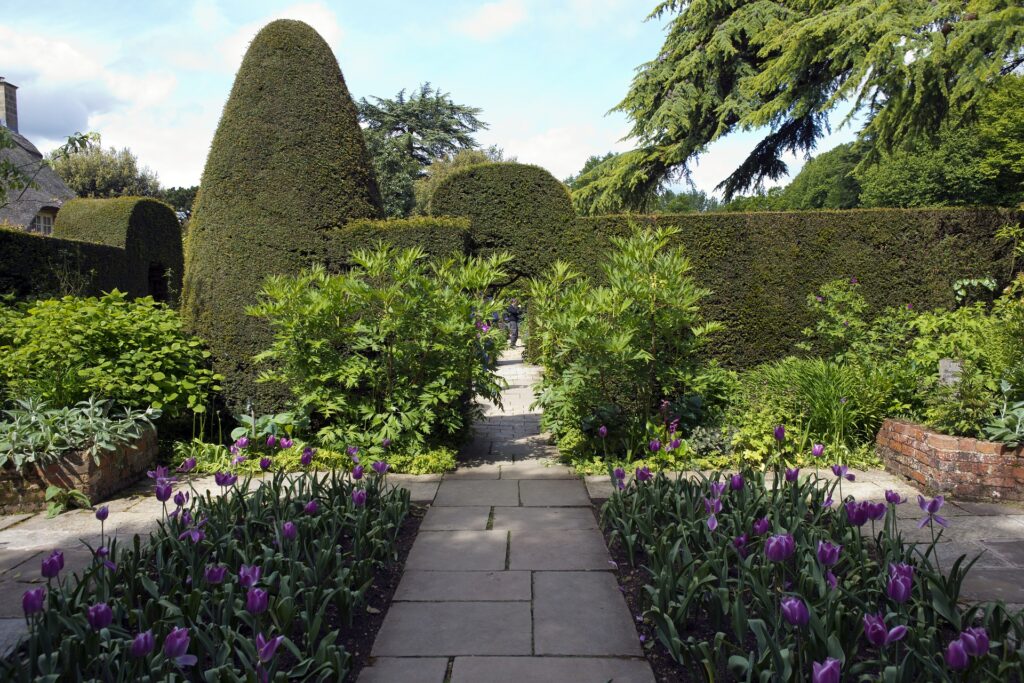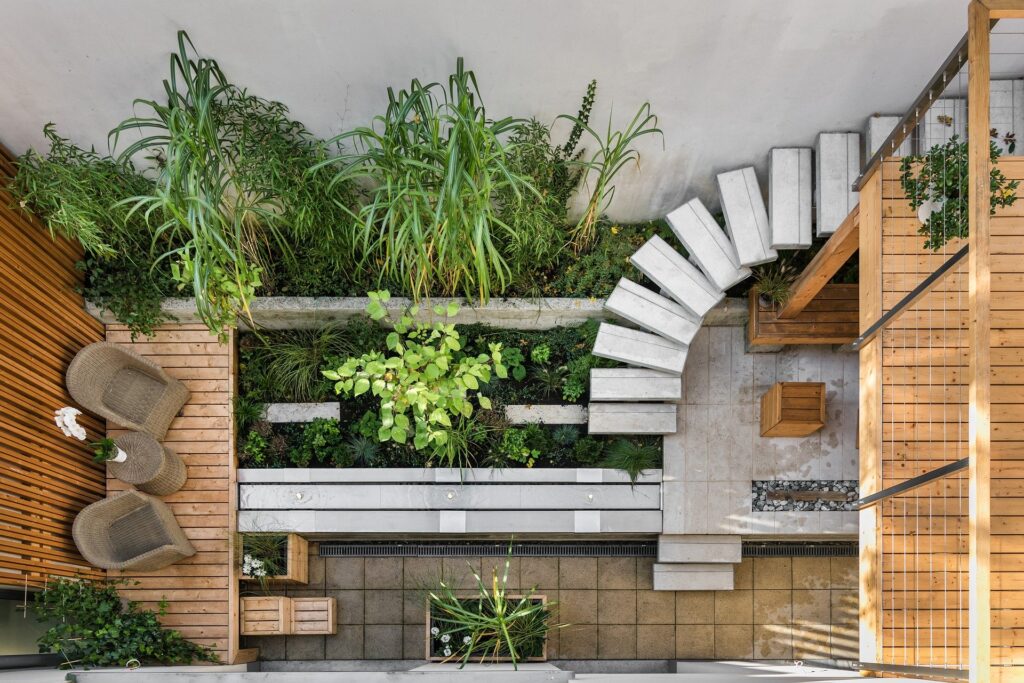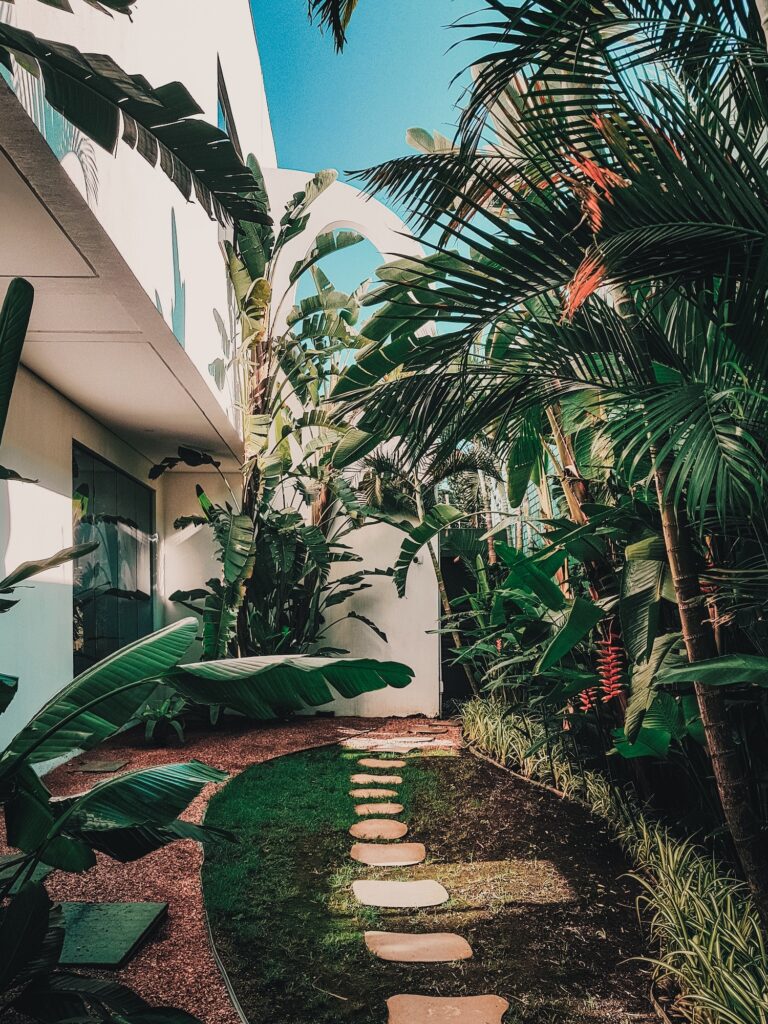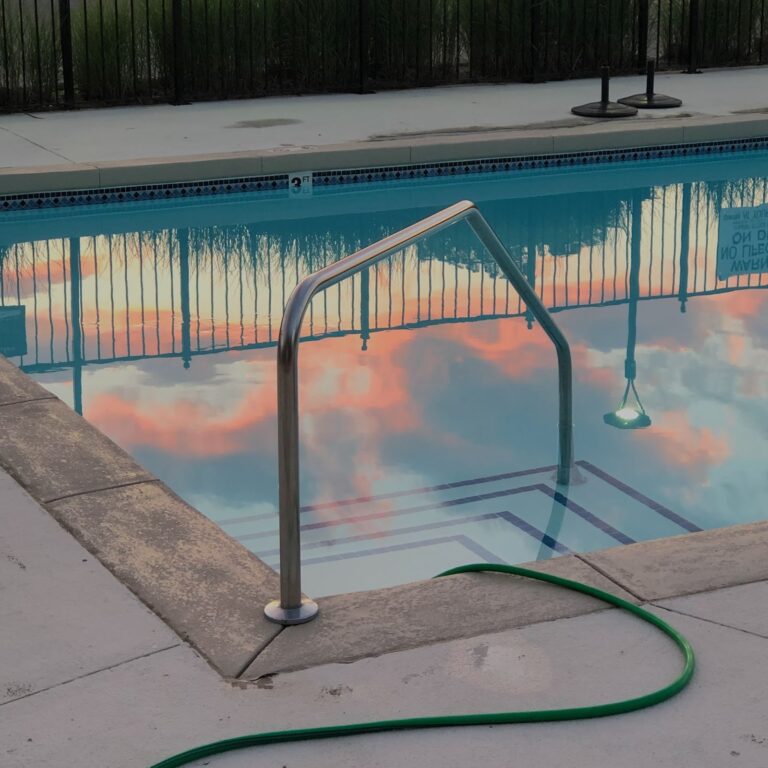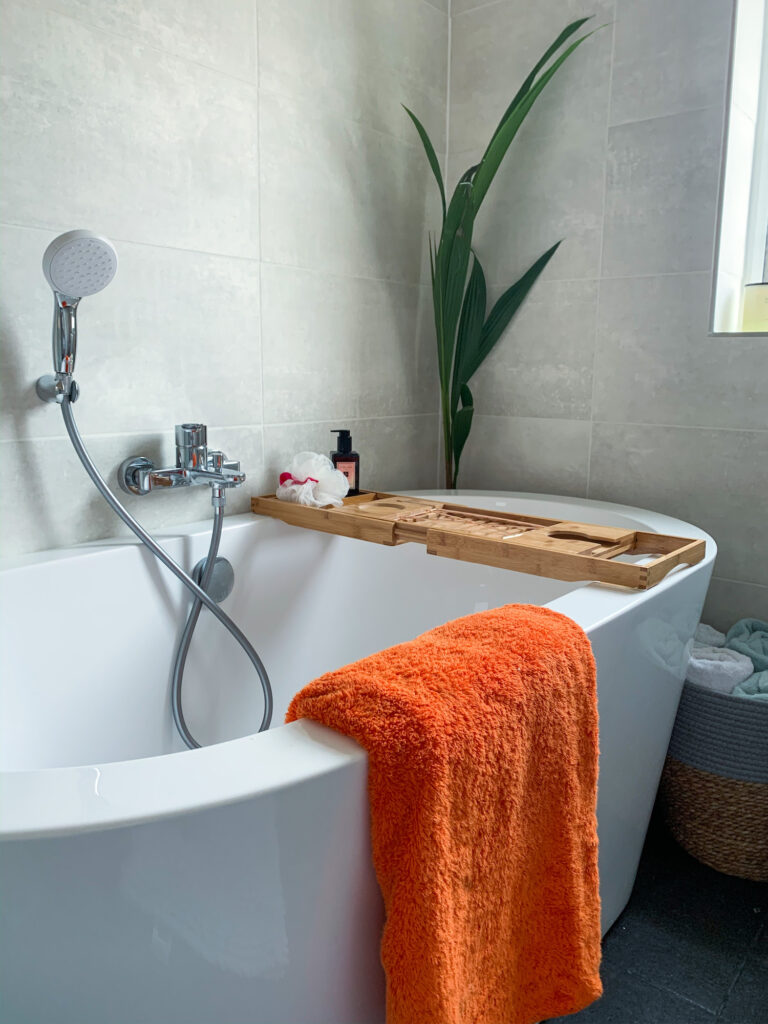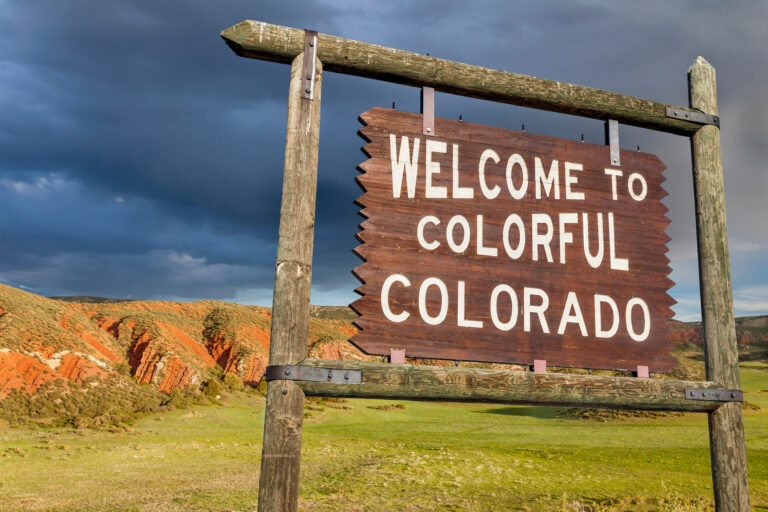9 Ways How Native Plants and Grasses Enhance Your Garden
Your garden is much more than just a place to relax and appreciate the outdoors. It has the potential to be a biodiversity hotspot. Using native plants and grasses, you can improve the ecosystem, encourage a wide variety of wildlife, and protect natural habitats, all from the comfort of your garden.
Table of Contents
Benefits of native plants and grasses
Adaptation to local climate
Native plants and grasses have evolved to thrive in specific local climates. They are perfectly attuned to the temperature, rainfall patterns, and soil conditions of their native regions. Incorporating these indigenous species into your garden creates a sustainable landscape that requires minimal intervention and ensures long-term success (www.naturesseed.com/grass-seed/by-region/).
Natural pest control
One of the remarkable advantages of native plants is their ability to resist local pests and diseases. They have developed natural defense mechanisms, such as chemical compounds and physical structures, to deter or repel these unwanted visitors. By including native species in your garden, you can minimize the need for synthetic pesticides, promoting a healthier and more balanced environment.
Conservation of water resources
Native plants possess deep root systems that enable them to access water stored deeper in the soil. They have adapted to local rainfall patterns, reducing their dependence on irrigation once established. By selecting native plants and grasses, you can conserve water resources and create a more resilient and sustainable garden.
Support for pollinators and wildlife
Native plants provide crucial food sources and shelter for local pollinators, such as bees and butterflies. These beautiful blooms also attract a wide range of wildlife, including birds and beneficial insects. By incorporating native species, you cultivate a vibrant habitat that supports the ecosystem’s delicate balance and contributes to the environment’s overall health.
Reduced maintenance
Native plants are inherently well-suited to the local environment, resulting in lower maintenance requirements than non-native species. They are naturally adapted to the prevailing conditions, reducing the need for excessive watering, fertilizers, and frequent pruning. By selecting native plants and grasses, you can enjoy a captivating garden with minimal effort.
Incorporating native plants into your garden
Researching native species
Before selecting native plants for your garden, conduct thorough research on the species native to your region. Consider factors like sunlight requirements, soil type, and the specific needs of each plant. Local botanical gardens, nurseries, and online resources can provide valuable information regarding native plant species suitable for your garden.
Assessing soil and sunlight conditions
Evaluate your garden’s soil and sunlight conditions to determine the most suitable native plants and grasses. Some species thrive in well-drained soil, while others prefer moist or sandy soil. Additionally, observe the sunlight your garden receives throughout the day to select plants that match their light requirements.
Planting techniques
When planting native species, adhere to the recommended techniques to ensure successful establishment. Prepare the soil by removing weeds and improving drainage. Dig a hole slightly larger than the plant’s root ball and backfill it with soil, gently firming it around the roots. After planting, water the plants thoroughly to promote healthy growth.
Maintenance and care
Although native plants generally require less maintenance than non-native species, they still benefit from regular care, especially during establishment. Adequately water the plants, apply mulch to suppress weeds and retain moisture, and monitor for any signs of pests or diseases. Prune and trim as needed to maintain the desired shape and size of the plants.
Parting words
Incorporating native plants and grasses into your garden is a powerful way to promote biodiversity and contribute to a healthier environment. By embracing the unique characteristics of these species, you can cultivate a thriving ecosystem, attract wildlife, and enjoy a garden that harmonizes human habitation with nature.

